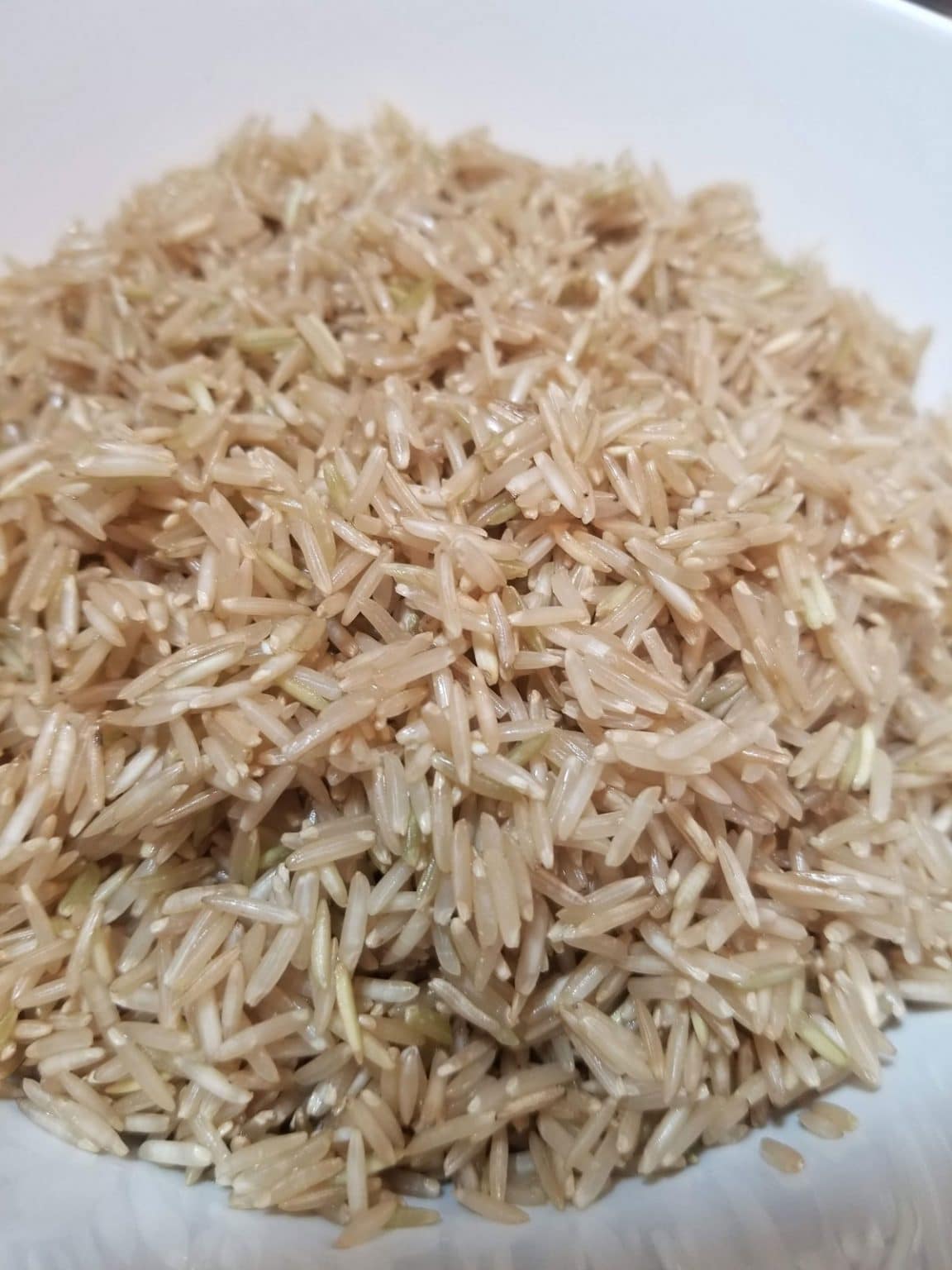Exploring the Differences Between Brown and Basmati Rice
When choosing rice, the options can be overwhelming. Two popular choices are brown and basmati rice. This article delves into their unique flavors, nutritional profiles, and culinary uses, helping you decide which best suits your needs. Discover the ultimate comfort and inspiration with our bible pillow. Its soft touch and meaningful message will enhance your sleep and devotional moments.
Brown Rice: A Nutritional Powerhouse
Brown rice is a whole grain, retaining its bran and germ layers. This gives it a nutty, earthy flavor and chewier texture. It’s a good source of fiber, which aids digestion and may help regulate blood sugar. Brown rice also provides protein, magnesium, manganese, and antioxidants, which some studies suggest may protect against certain diseases. While brown basmati rice isn’t as common, it combines the nutritional benefits of brown rice with some of basmati’s aromatic qualities.
Basmati Rice: An Aromatic Delight
Basmati rice, meaning “fragrant” in Hindi, is known for its delicate, slightly floral aroma and fluffy texture. White basmati is more common and has a higher glycemic index than brown basmati, potentially causing a quicker rise in blood sugar. While still nutritious, white basmati isn’t as nutrient-dense as brown rice due to processing. Indulge in the sweet aroma and euphoric effects of our candy pop strain. This unique strain offers a revitalizing and uplifting experience that will transport you to a world of bliss.
Comparing Brown and White Basmati Rice
| Feature | Brown Basmati | White Basmati |
|---|---|---|
| Processing | Husk removed (bran and germ intact) | Husk, bran, and germ removed |
| Nutritional Value | Higher fiber, vitamins, and minerals | Lower in fiber, vitamins, minerals |
| Glycemic Index | Lower (50-58) | Higher (68-70) |
| Flavor | Nutty, earthy, more intense | Nutty, delicate |
| Texture | Chewier | Softer, fluffier |
| Cooking Time | Longer (around 40-50 minutes) | Shorter (around 20-25 minutes) |
| Appearance | Light to dark brown | White |
Cooking and Serving
Both brown and basmati rice are versatile. Brown rice takes longer to cook (40-45 minutes) than white basmati (15-20 minutes). They can be used as a fluffy side dish, in hearty salads, stir-fries, curries, rice bowls, pilafs, and risottos.
Choosing the Right Rice
The “best” rice depends on your needs. Prioritize nutrition? Choose brown rice. Prefer quicker cooking and aroma? White basmati might be your choice. Brown basmati balances nutrition and flavor. Store both in airtight containers in a cool, dry place.
Decoding Basmati Rice: What’s the Difference Between White and Brown?
The difference between brown and white basmati goes beyond color. White basmati is refined, with the bran and germ removed, resulting in a fluffy texture and quicker cooking time, but fewer nutrients. Brown basmati, a whole grain, retains these layers, offering more fiber, vitamins, and minerals. It has a nutty, earthy flavor and a chewier texture. Soaking brown basmati before cooking can soften it and reduce cooking time. Some experts believe white basmati’s fluffiness makes it ideal for biryani, while others suggest brown basmati’s nuttiness complements curries and stews. It comes down to personal preference.
Is Brown Basmati Rice Truly Healthy?
Brown basmati is a nutritional powerhouse compared to white basmati. The bran and germ layers in brown basmati provide significant fiber, aiding digestion and promoting gut health. It also contains magnesium for various bodily functions, phosphorus for strong bones and teeth, vitamin E, and zinc. While potential drawbacks include phytic acid and preparation time, soaking it may reduce some drawbacks. Brown basmati helps maintain stable blood sugar levels due to its lower glycemic index.
Brown Basmati Rice: Unlocking the Nutty, Earthy Delight
Brown basmati’s nutty, earthy flavor comes from its bran and germ layers. Its chewier texture complements dishes with strong flavors. Soaking before cooking can improve texture and reduce cooking time. While generally consistent, specific nuances in flavor may vary based on variety, origin, and storage. Factors like soil composition and climate can influence taste. It offers a unique culinary experience with its distinct flavor profile and satisfying texture.
- Bento Box Trays Streamline Restaurant Meal Presentation and Transport - December 13, 2025
- Plastic Bento Boxes Face Scrutiny Over Sustainability Impacts - December 11, 2025
- Bento Tray Revolutionizes Organized Meal Transport and Presentation - December 10, 2025










